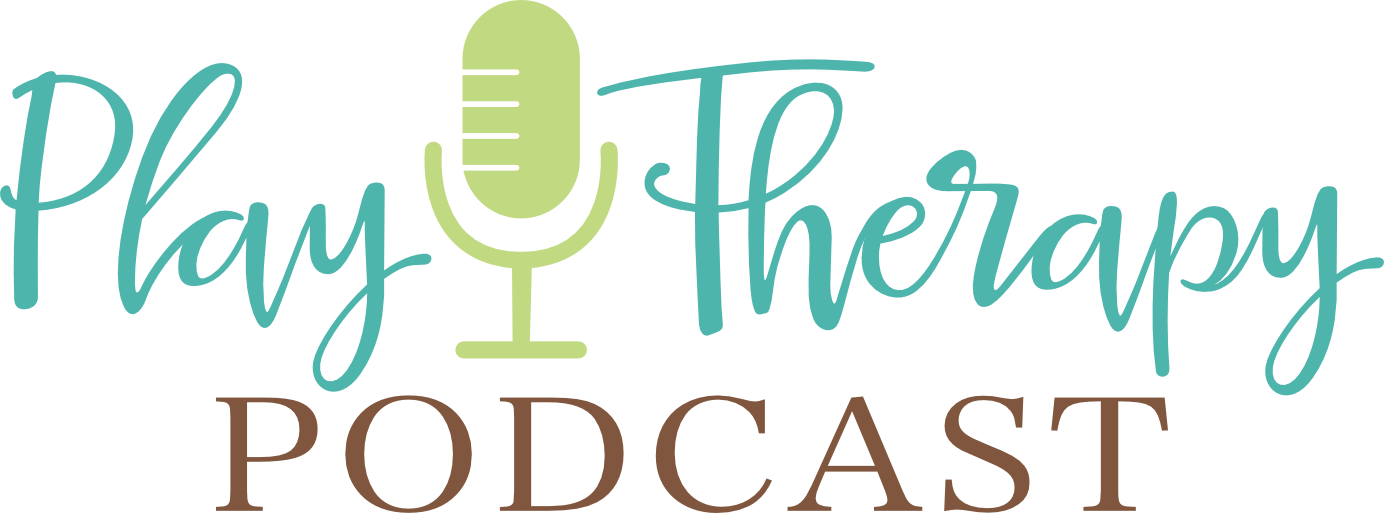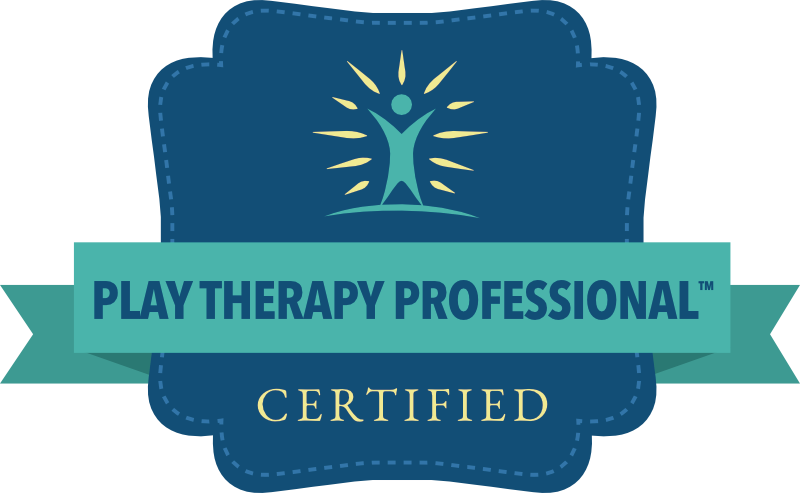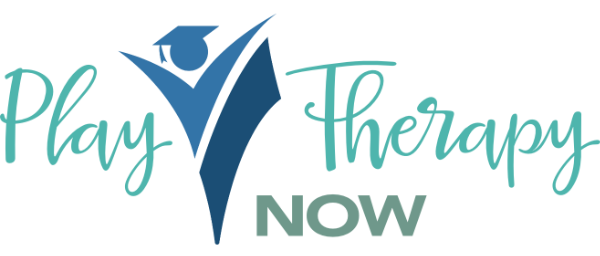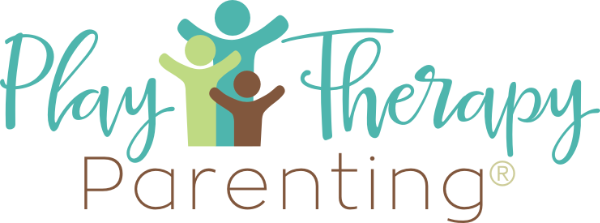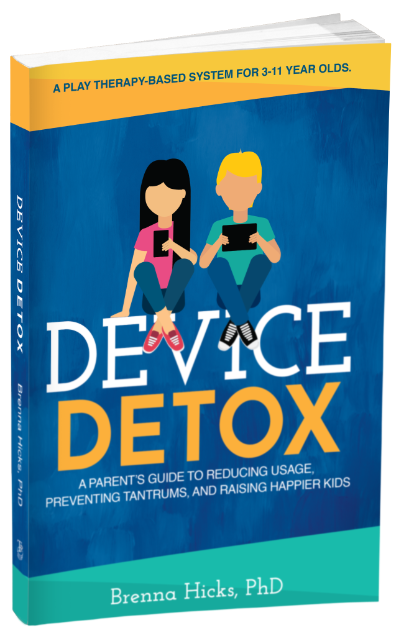Understanding Child Adjustment Through Play: Lessons from The Art of the Relationship and Moustakas’ Research
In this episode of the Play Therapy Podcast, I continue our Summer School Series by diving into a unique section from Garry Landreth’s The Art of the Relationship, focusing on Moustakas’ research about the differences in play between adjusted and maladjusted children. We explore how adjusted children tend to be more conversational, spontaneous, and exploratory in their play, while maladjusted children may be either overly silent or excessively talkative and exhibit cautious, deliberate behavior. This research also highlights how maladjusted children often prefer to be told what to do, and their play is more likely to be destructive and aggressive.
I discuss the importance of recognizing these behaviors in your sessions and how understanding the quantity and intensity of negative attitudes, rather than their mere presence, can help assess a child’s level of adjustment. This episode is a reminder of the value of revisiting foundational texts in child-centered play therapy, as they provide deep insights into the nuances of children’s behaviors. As we near the end of the Summer School Series, I’m encouraged by the feedback and thrilled that so many of you are finding these readings valuable in your practice.
Sign up for my exclusive newsletter at playtherapynow.com. Stay ahead with the latest CCPT CEU courses, personalized coaching opportunities and other opportunities you need to thrive in your CCPT practice!
Ask Me Questions: Call (813) 812-5525, or email: [email protected]
Brenna’s CCPT Hub: https://www.playtherapynow.com
CCPT Collective (online community exclusively for CCPTs): https://www.ccptcollective.com
Podcast HQ: https://www.playtherapypodcast.com
APT Approved Play Therapy CE courses: https://childcenteredtraining.com
Twitter: @thekidcounselor https://twitter.com/thekidcounselor
Facebook: https://facebook.com/playtherapypodcast
Understanding the Differences Between Adjusted and Maladjusted Children in Play Therapy
In child-centered play therapy, understanding the nuances of a child’s behavior is essential for guiding their therapeutic journey. In this post, I’ll explore insights from Garry Landreth’s The Art of the Relationship (4th ed.), specifically the research of Moustakas, which offers valuable distinctions between the play of adjusted and maladjusted children. These distinctions can help us recognize and respond to children’s needs more effectively in the playroom (Landreth, 2023).
The Meaning of Play: Insights from Moustakas’ Research
Moustakas’ research, as highlighted in The Art of the Relationship, sheds light on how the play behaviors of adjusted and maladjusted children differ in several important ways. Adjusted children tend to be conversational and more likely to discuss their world as they experience it. On the other hand, maladjusted children may exhibit two extremes: some may remain completely silent, speaking only with great difficulty, while others may engage in rapid, non-stop conversation during their sessions (Landreth, 2023).
Moreover, the initial reactions of maladjusted children tend to be cautious and deliberate, whereas adjusted children are free and spontaneous in their play. These behavioral differences provide us with key indicators of a child’s level of adjustment, offering valuable clues about their emotional and psychological state (Landreth, 2023).
Exploring the Play Environment: Adjusted vs. Maladjusted Behaviors
One of the most striking differences between adjusted and maladjusted children lies in how they interact with the play environment. Adjusted children are more likely to explore the entire playroom and engage with a wide variety of toys. They tend to be curious and willing to examine different areas of the space. In contrast, maladjusted children often limit their play to a small area and use only a few toys. Some may even stay in one spot, avoiding interaction with the broader environment altogether (Landreth, 2023).
This distinction in play behavior is critical to understanding a child’s adjustment level. By observing how a child navigates the play space, we gain insights into their comfort, sense of security, and willingness to engage with the therapeutic process (Landreth, 2023).
The Role of Aggression in Play Therapy
Aggression is another area where we see clear differences between adjusted and maladjusted children. Maladjusted children are more likely to express aggression through destructive behaviors, sometimes targeting the play materials or even the therapist. However, it’s important to note that aggression can also be present in adjusted children. The key difference is that adjusted children typically express aggression without massive destruction and take responsibility for their actions (Landreth, 2023).
This nuanced understanding of aggression is essential for child-centered play therapists. While aggression is often seen in both adjusted and maladjusted children, the way it manifests and the level of responsibility a child takes for their actions can help us determine their level of adjustment (Landreth, 2023).
Quantity and Intensity: The Key Differences in Negative Attitudes
One of the most valuable takeaways from Moustakas’ research is the understanding that both adjusted and maladjusted children express negative attitudes. The key difference lies not in the presence of negative attitudes, but in their quantity and intensity. Adjusted children express negative attitudes less frequently and with more focus and direction. Maladjusted children, on the other hand, tend to express these attitudes more frequently and with greater intensity, often lacking focus or clear direction (Landreth, 2023).
This distinction emphasizes that all children, regardless of their level of adjustment, will exhibit negative attitudes at times. Our role as therapists is to assess the severity and consistency of these behaviors, which can provide crucial information about the child’s emotional well-being (Landreth, 2023).
The Importance of Revisiting Foundational Texts
Reflecting on Moustakas’ research reminds us of the value of revisiting the foundational texts in child-centered play therapy. Although these works are decades old, they continue to offer timeless insights that can deepen our understanding of the children we work with. By recognizing the differences between adjusted and maladjusted children, we can tailor our therapeutic approaches to meet each child’s unique needs and support them in their journey toward healing.
As we near the end of our Summer School Series, I hope these reflections have provided you with valuable tools for your practice. Going back to the basics helps us stay grounded in the principles of child-centered play therapy, ensuring that we remain true to the core of what makes this approach so powerful.
Reference
Landreth, G.L. (2023). *Play Therapy: The Art of the Relationship* (4th ed.). Routledge.
